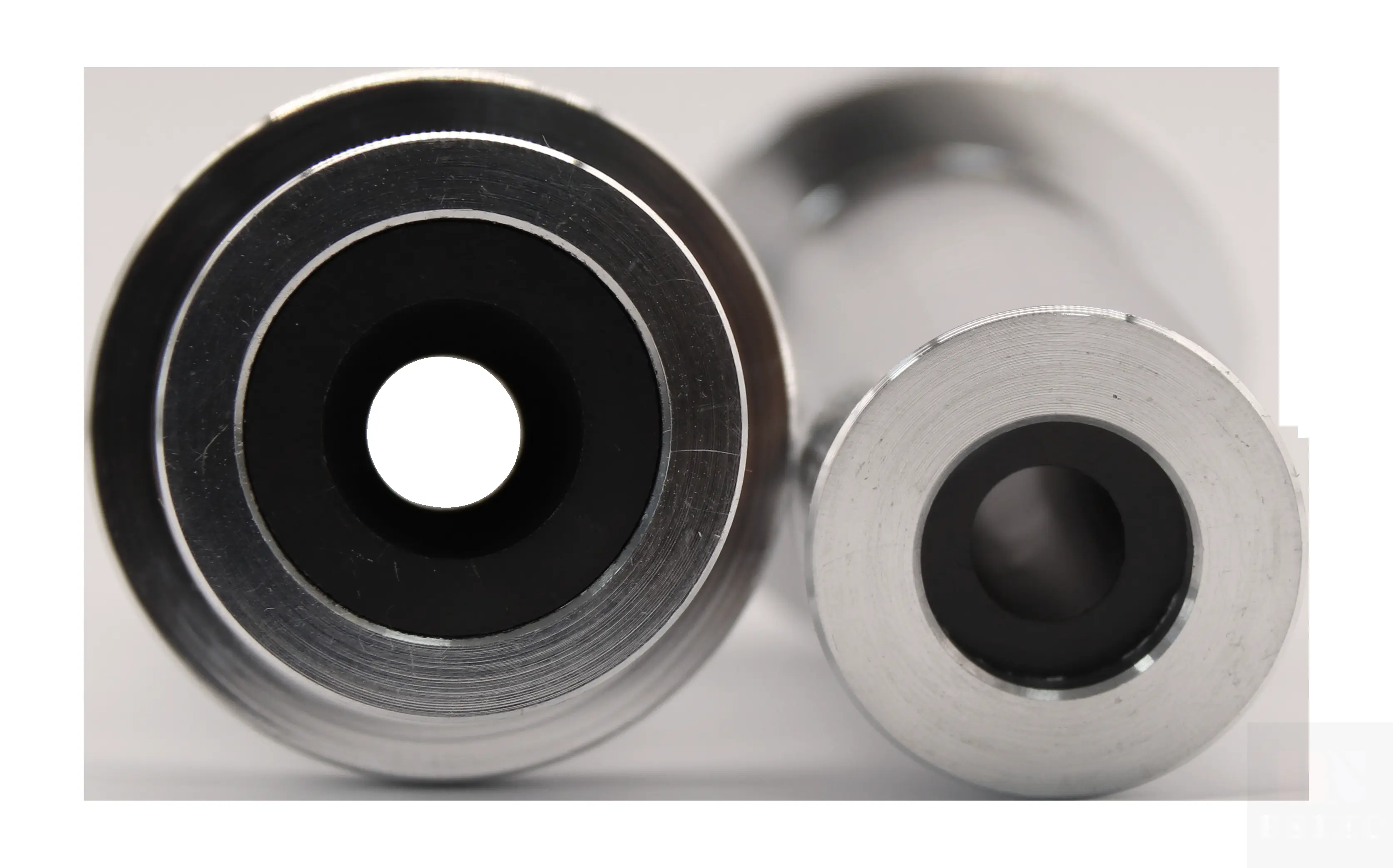Introduction of Abrasive Blast Materials and Size
Introduction of Abrasive Blast Materials and Size

Blasting machines use a variety of abrasive materials to clean, shape, or finish surfaces by propelling the material against the surface at high velocity. Some commonly used abrasives in blasting include:
Quartz Sand: Quartz sand is made from crushed quartz stone and has good hardness and wear resistance. It is cost-effective and widely used in the abrasive industry.
Steel Grit and Steel Shot: These are harder than quartz sand and provide a more aggressive abrasion for heavy-duty applications such as rust removal or preparing metal surfaces for painting.
Aluminum Oxide (Alumina): Alumina is known for its high hardness and can be used for both wet and dry blasting processes. It is suitable for cleaning and finishing metals, glass, and other hard surfaces.
Silicon Carbide: Silicon carbide is one of the hardest abrasives and is used for tougher industrial applications where rapid cutting action is required.
Garnet: Garnet is a natural abrasive that provides a relatively non-aggressive cut with minimal dust, making it suitable for applications where environmental concerns are important.
Walnut Shells and Corn Cob Grains: Organic abrasives like walnut shells and corn cob grains are used for softer finishes on delicate surfaces without damaging them.
Glass Beads: Glass beads create a smooth finish and are often used for deburring, polishing, and peening operations.
Plastic Media: Plastic abrasives are used for lightweight blasting that removes contaminants without altering the substrate's surface profile.
Stainless Steel Shot: Stainless steel shot is used for blasting stainless steel and other corrosion-resistant alloys, providing a bright finish while preserving the underlying material's properties.
Carbon Dioxide Snow: This is an environmentally friendly alternative to traditional media, using pressurized carbon dioxide to create fine particles that remove coatings and contaminants without leaving residue.
The choice of abrasive depends on the specific requirements of the blasting operation, including the type of material being processed, the desired finish, and environmental considerations. Each abrasive has unique characteristics that make it suitable for different applications.

Blast media, commonly referred to as abrasive, used in sandblasting machines comes in various sizes to accommodate different applications and surface preparation needs. The size of the abrasive can significantly impact the finish quality and the efficiency of the blasting process. Here’s a brief overview of the common sizes and their typical uses:
Coarse Abrasives: These are typically larger than 20/40 mesh size. Coarse abrasives are used for heavy-duty applications where a deep profile or aggressive cleaning is required. They are effective for removing thick coatings, heavy rust, and scale from surfaces. Coarse abrasives can also be used for etching and texturing surfaces for better paint or coating adhesion.
Medium Abrasives: These range from 20/40 mesh to 80 mesh. Medium abrasives offer a good balance between cutting power and material consumption. They are suitable for general cleaning tasks, removing light to medium coatings, and providing a uniform finish on surfaces.
Fine Abrasives: Typically smaller than 80 mesh, these abrasives are used for more delicate tasks where a finer finish is required. They are ideal for cleaning surfaces without altering the substrate, such as removing light paint, oxidation, or preparing surfaces for painting without leaving deep grooves. Fine abrasives are also used in the finishing process to achieve a smooth surface texture.
Very Fine or Micro Abrasives: These can range from 200 mesh and finer. They are used for very delicate work, such as cleaning intricate surfaces, polishing, or finishing sensitive materials without causing damage. Very fine abrasives can also be used in preparation for critical coatings where the surface profile must be extremely uniform.
The choice of abrasive size depends on several factors including the material being blasted, the desired surface finish, and the efficiency of the blasting process. Smaller particles can be used at lower pressures to minimize substrate damage, while larger particles require higher pressures to achieve the desired effect. Always ensure that the abrasive size is compatible with the sandblasting equipment being used to prevent damage or inefficiencies.













